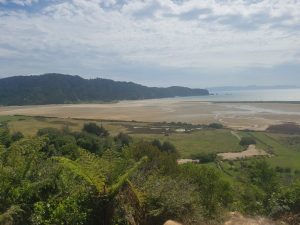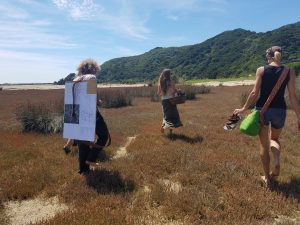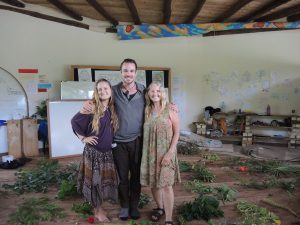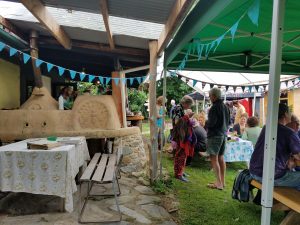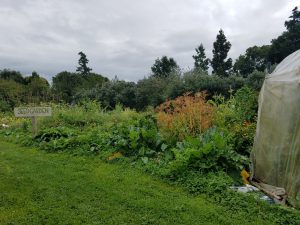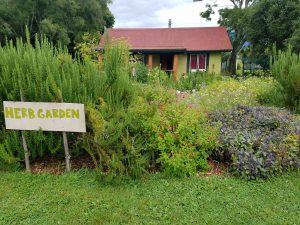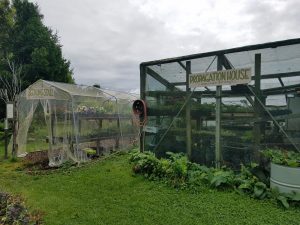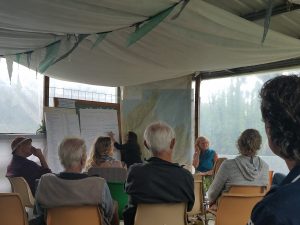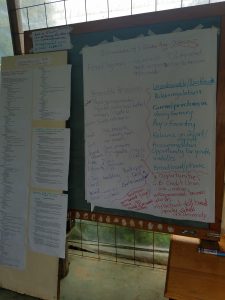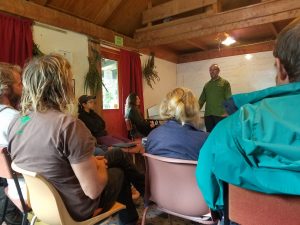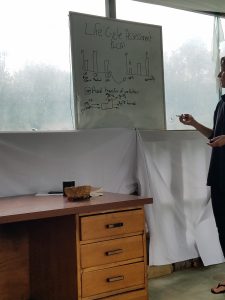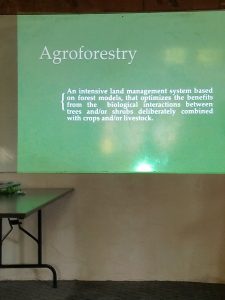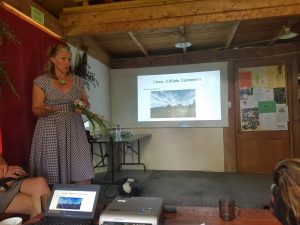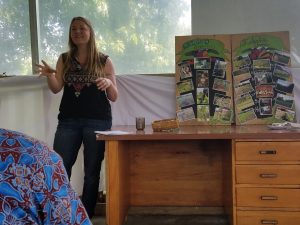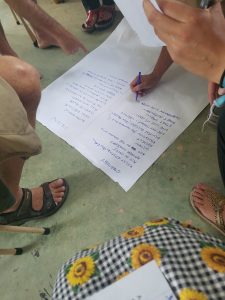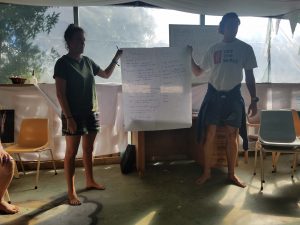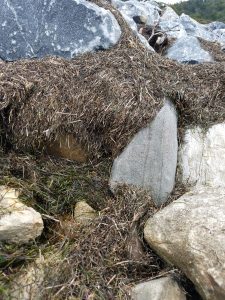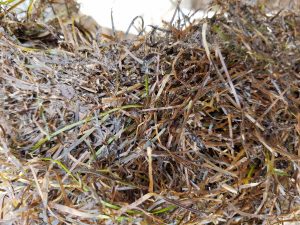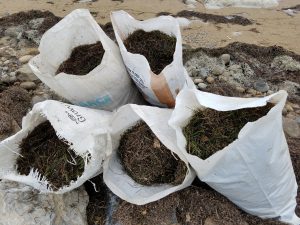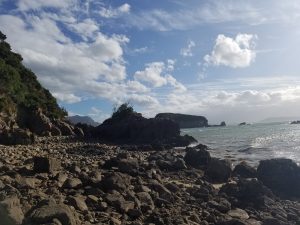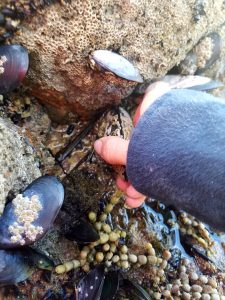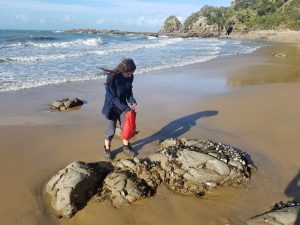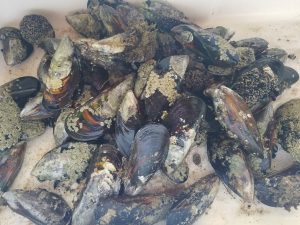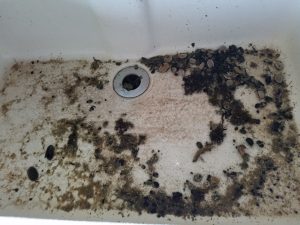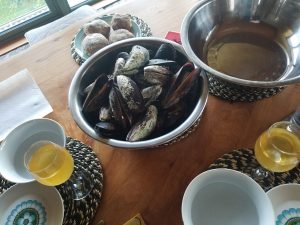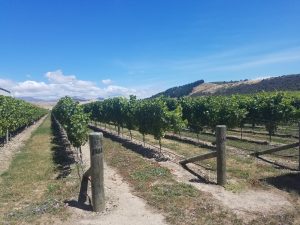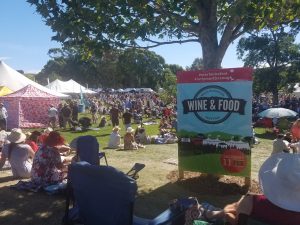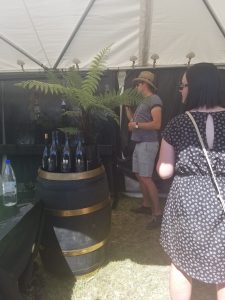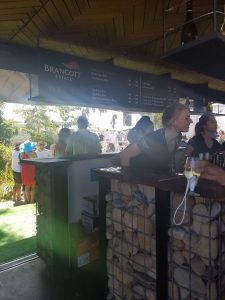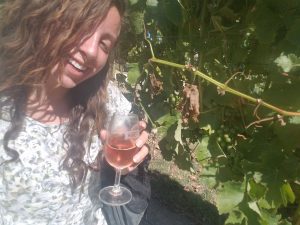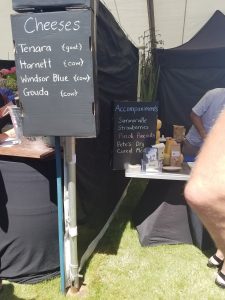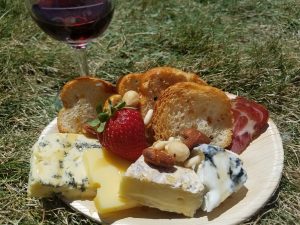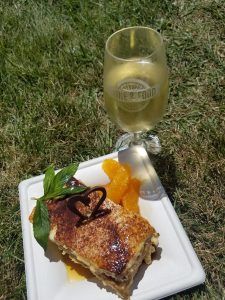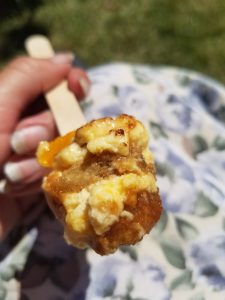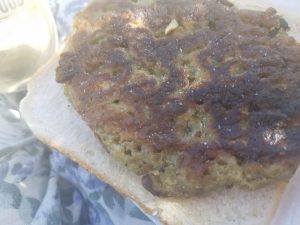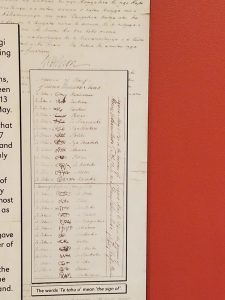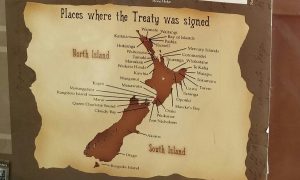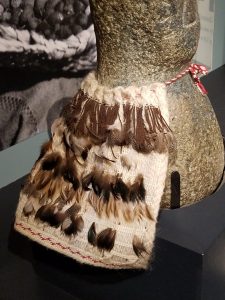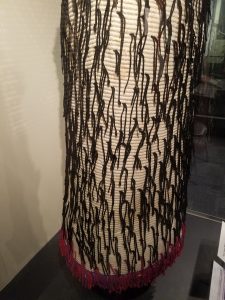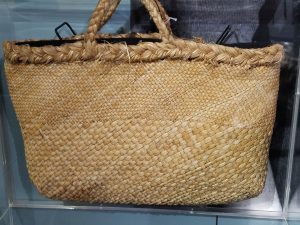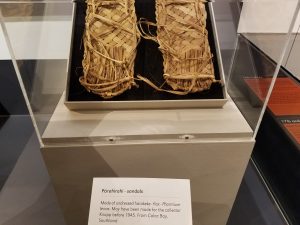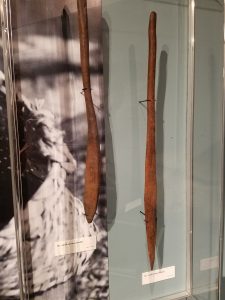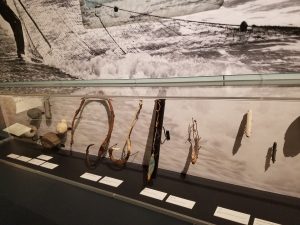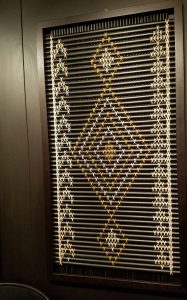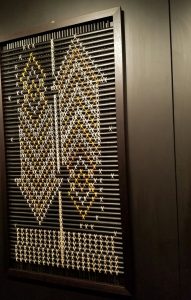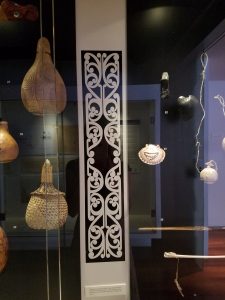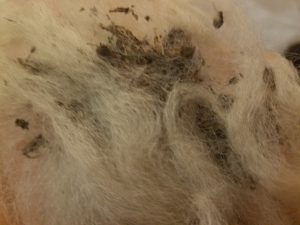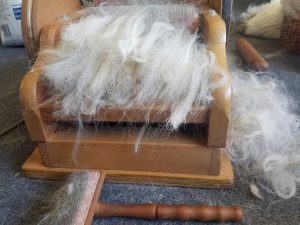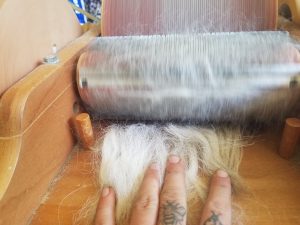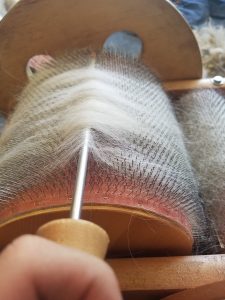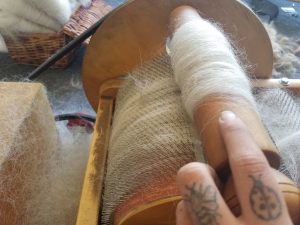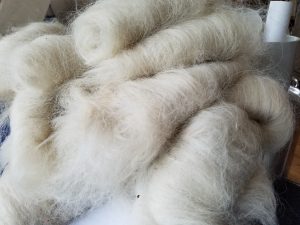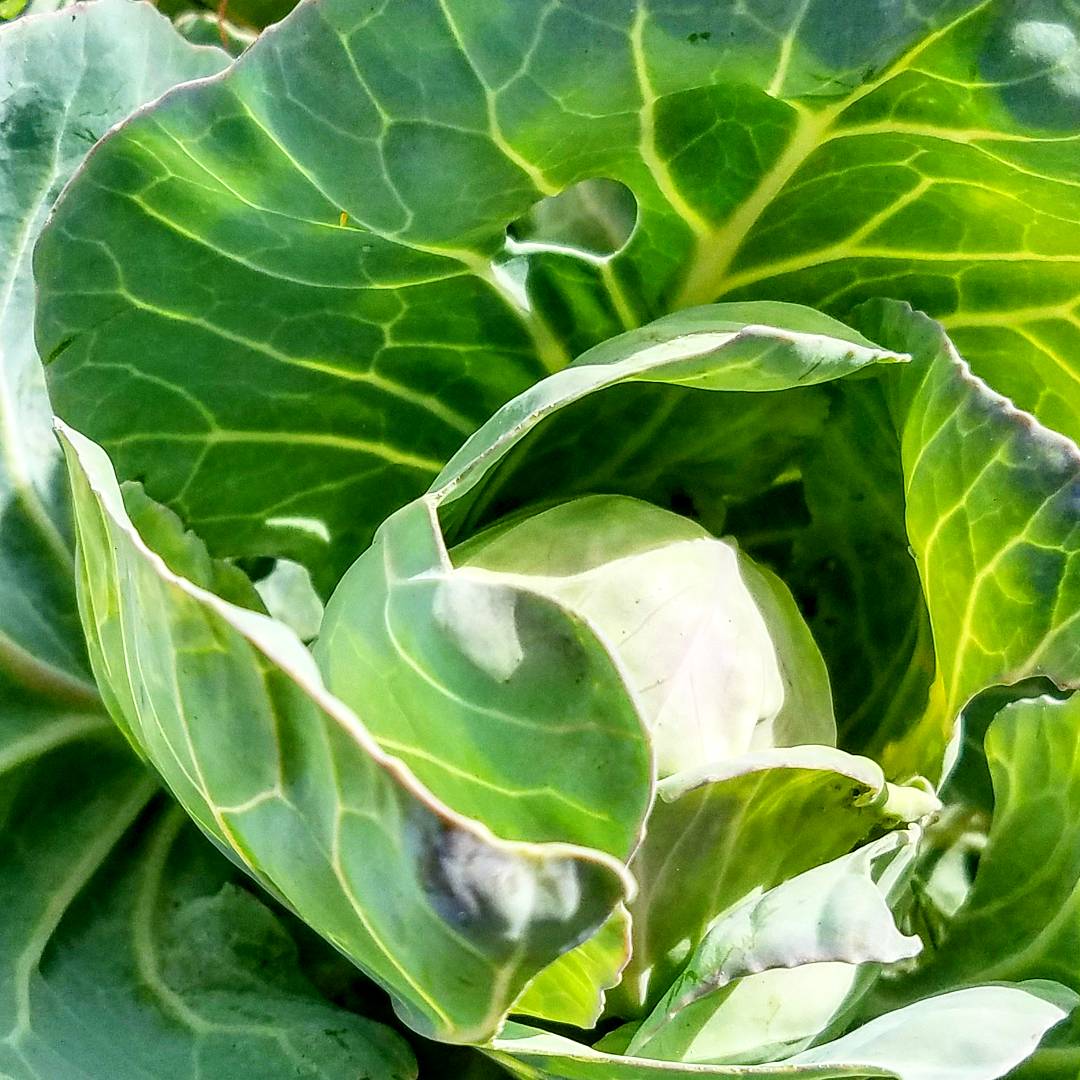Moving slightly west from the Nelson/Motueka area, I travelled to the Golden Bay region to spend a week with a man named Kevin Durkan in Takaka. A lovely Austrian woman that I met at Lynda’s farm gave me his name and told me she thought I could learn a lot from working with him. She was right! Kevin and I got along splendidly and I appreciated the very different, yet effective way he runs his garden.
The coolest aspect of his unique place was the self-seeding system. He had many plants that were intentionally left to develop seed. However, instead of going through and collecting, properly drying, winnowing, and selecting for effective seed before planting, he would just give the plants a little shake when the seeds were mature and let them drop. He’d also cut a few of the seed heads off and just deposit them in another bed to keep the rotation going. His philosophy was “I have thousands of seeds, if I drop them all I need less than 1% germination.” Relaxed and care-free, this system seemed to actually be working really well. He’s been going on like this for 11 years, only buying in seed when he wants to introduce another variety. The other interesting part is that he has multiple varieties of everything, and the open-pollinated ones are allowed to cross freely with one another, developing new flavors and patterns every year. His eyes lit up as he described how exciting it is every new season, seeing what pops up where and how it’s changed from last years crop. His garden is his chocolate box, he never knows what he’ll get. Of course, on a large commercial scale this system just wouldn’t work out. When making sales, customers expect a certain quantity and quality of a product, and when harvesting, you’d have to search up and down for ages to find different patches of the crop. However, on a small scale garden primarily for self-consumption, it doesn’t matter if everything is in nice neat rows with planned harvest dates and if equal care is given to each plant. He never eats all of the food that comes up, either. If it’s something like a lettuce plant, he only takes off a few leaves when needed and lets them all go to seed. In the case of carrots, say, he just pulls a couple up when he wants to and leaves the rest to create the next generation of carrots.
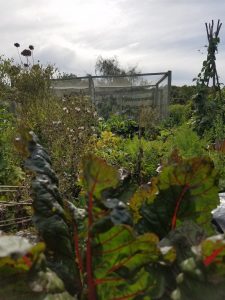
A jungle of a gaden plot
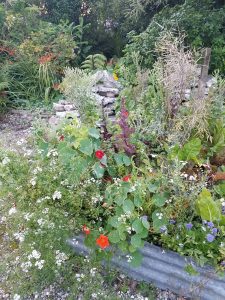
Very diverse bed
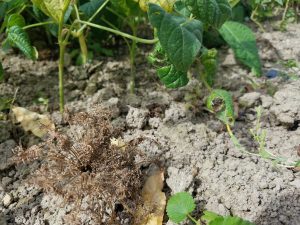
Distributing carrot seed underneath bean poles
One more special feature about his garden is that it’s surrounded by limestone. He doesn’t see this as an obstacle, he just makes the best use out of it. He filled pockets in the stone with soil and now they’re mini garden beds! He uses pipes stuck in the soil near the roots of plants to channel the water deep into the bottom of the bed rather than just running off the sides.
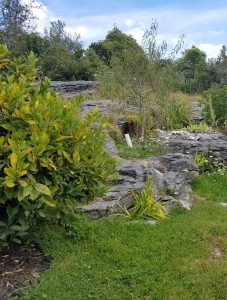
Little white pipe delivering water directly to the limestone bed
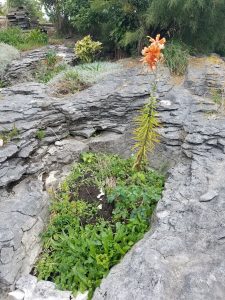
Tiger lily in a limestone hollow
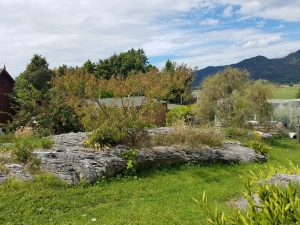
Peach tree stretching out from a crevice
The most valuable thing I learned from working with Kevin is that growing food doesn’t have to be a precise practice on small scales. It’s actually incredibly productive and sustainable to allow natural patterns of seed cycling to do the work for you!

